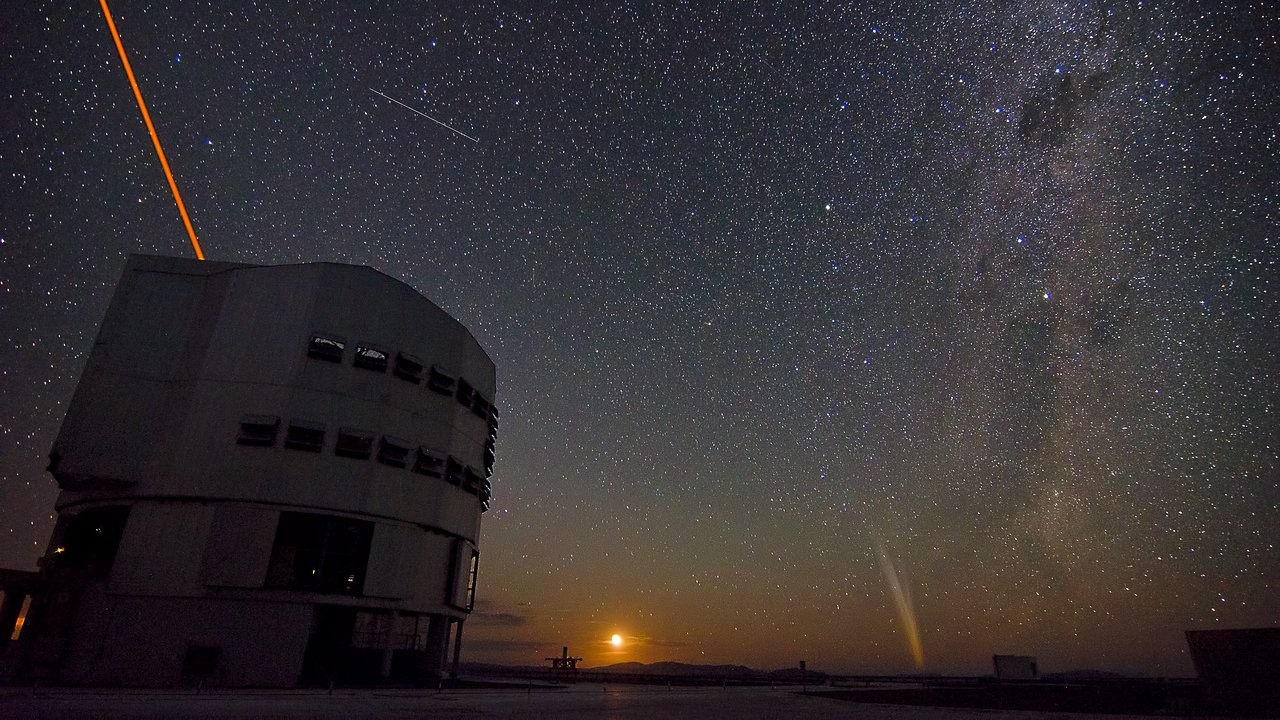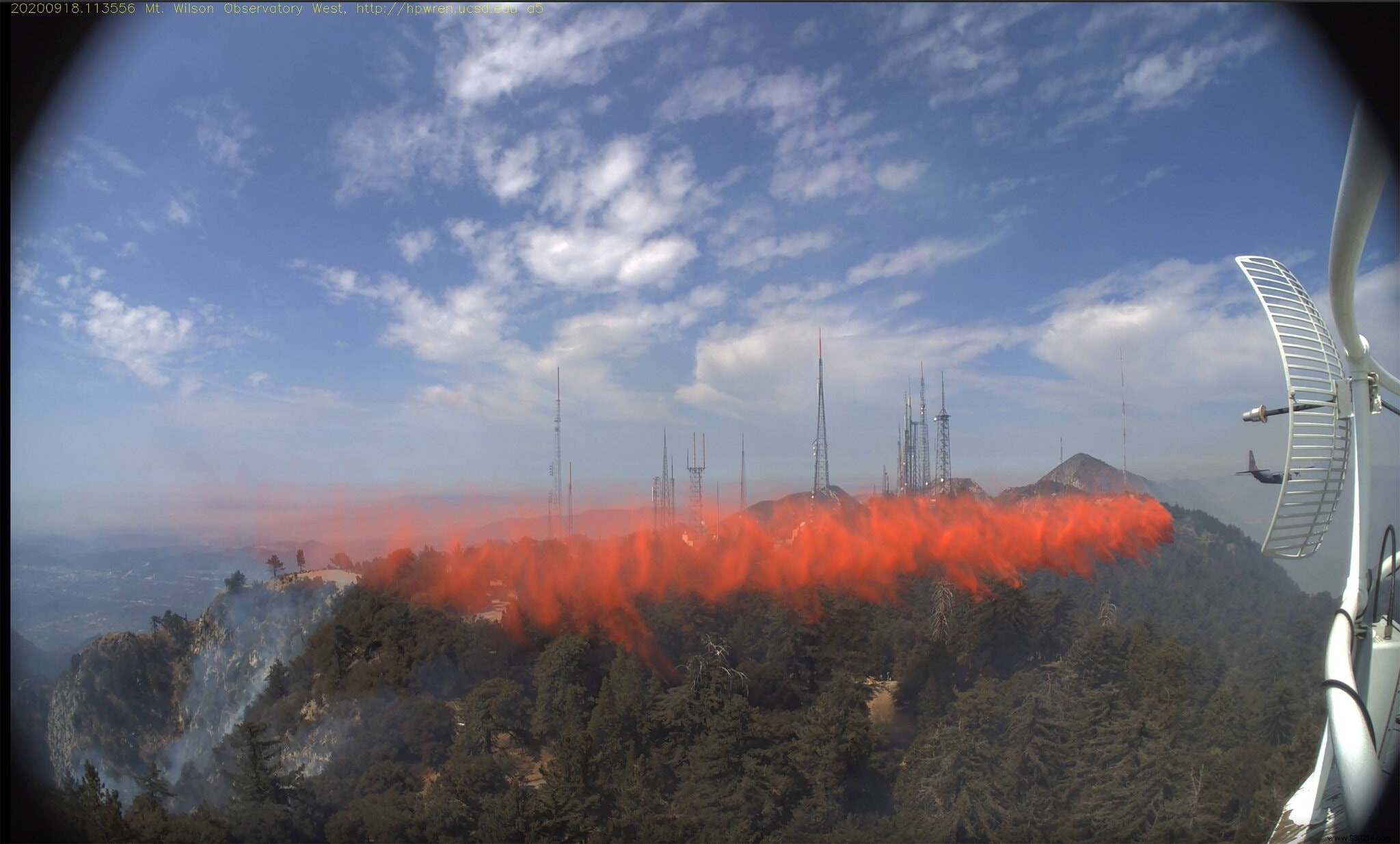Rising temperatures, fires and pollution are having an increasingly pernicious effect on astronomical observations.
A report warned a few weeks ago that satellite constellations now being deployed to provide broadband internet access could fundamentally change the way astronomers study the sky nocturnal. However, they are not the only threats to these sightings. Climate change is indeed another.
As part of a study, researchers have recently tried to estimate how this old enemy affects and will increasingly affect astronomical work. With this in mind, they focused on the Cerro Paranal Observatory in northern Chile. This installation notably houses the Very Large Telescope (VLT).
The researchers then found that the average temperature at the Observatory site had increased by 1.5°C over the past four decades. This is higher than the global average increase of 1°C recorded since the pre-industrial era .
However, this increase in temperature is obviously not without consequences. Large telescopes need to be cooled during the day to prevent their systems from degrading. The problem is that beyond a temperature of 16°C recorded at sunset (when the domes open), the devices can no longer be kept sufficiently cool. As a result, observations can be significantly blurred.
In addition, some instruments such as those installed on the VLT are extremely sensitive to atmospheric properties , and in particular the water vapor content.
If the Paranal Observatory is indeed in one of the driest places on earth, we already know that global warming is and will make El Niño more and more powerful. The situation is concerning for this facility in particular, as it is located under a strong jet stream linked to extreme weather events . In other words, the region will become wetter and wetter in the future.

Pollution is another major concern for astronomers. In Chile, the latter have indeed already noted an increase in the quantity of aerosols in the atmosphere . This is a direct consequence of the country's mining industry. The problem is that these aerosols reduce the amount of light able to reach telescopes.
Meanwhile, wildfires directly linked to climate change are also threatening several facilities. A few days ago, the famous Wilson Observatory, in California, was still surrounded by flames. He is now out of danger. Earlier in August, firefighters also saved the historic Lick Observatory, upstate.
Recall that in January 2003, a large fire had also destroyed five telescopes of the Mount Stromlo Observatory , Australia, then surrounded by a pine forest. All of the site's archives had also been destroyed.

In addition to analyzing the consequences of climate change on astronomical observations, researchers have also attempted to analyze how astronomy, as a field of research, also contributing to the climate crisis. Knud Jahnke, of the Max Planck Institute for Astronomy in Germany, believes that the scientific community must first take responsibility for its own carbon emissions.
To assess the carbon footprint of astronomical institutions, the researchers calculated the emissions directly from their activities for a single year (2018). Result:each astronomer releases an average of 18 tonnes of CO2 . This is almost twice as much as the average emissions per person in Germany according to the study.
The largest emissions are directly related to air travel to attend conferences. The supercomputers used for simulations and to analyze data are also very power hungry.
Also, the researchers made a number of recommendations on how institutions could reduce their emissions.
For example, they suggest that air travel be reduced by favoring virtual meetings . Supercomputers could be moved to countries like Iceland where electricity from renewable sources is widely available and where lower temperatures reduce the need for system cooling .